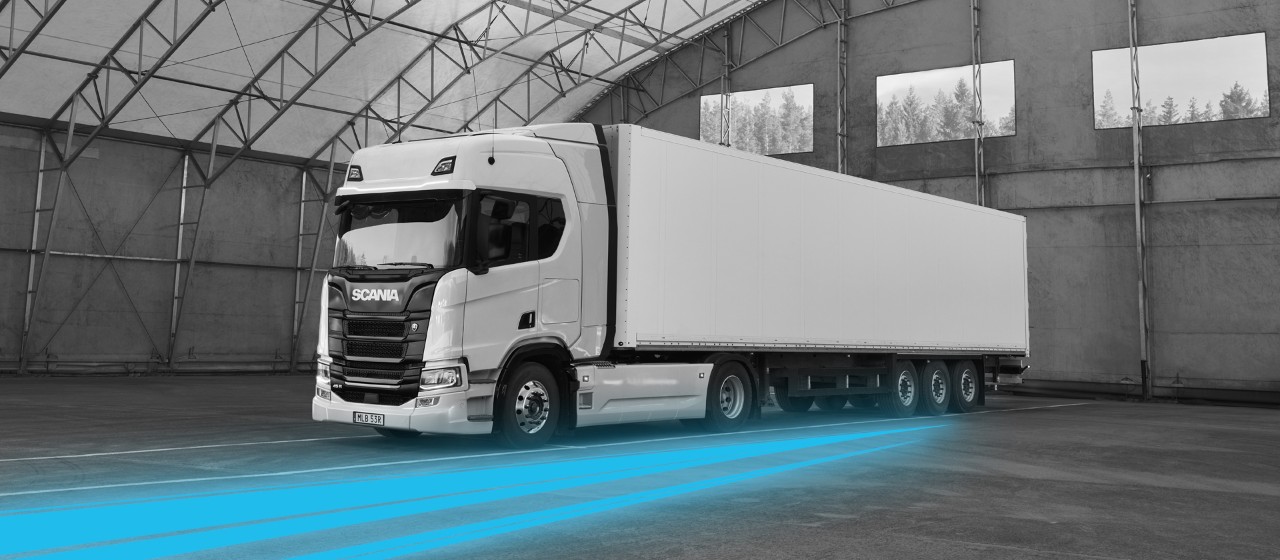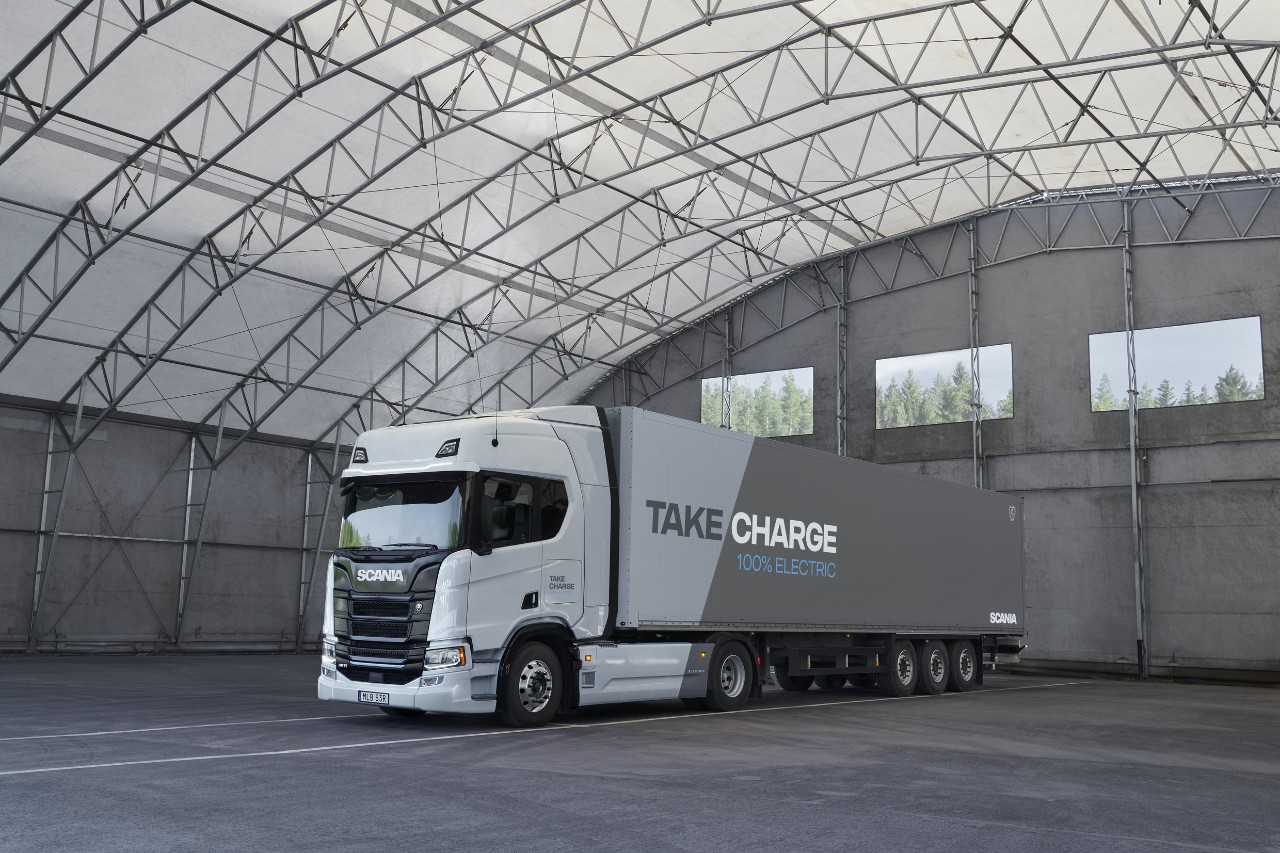
Top 5 reasons for the surge in electric trucks
The electrification of heavy transport, particularly electric trucks, is radically picking up pace. Here are five of the most important drivers globally.
Better business
Electric trucks can open up new revenue streams from transport buyers and allow access to areas restricted by time and location. They also have lower operating costs compared with diesel trucks because they are more energy-efficient and have fewer moving parts. This will increasingly result in higher revenues and cost savings for fleet operators when it comes to optimising their transports. Electric trucks will also generally have a greater resale value for the initial buyer.
Improved battery technology
Advances in battery technology have made it possible to produce electric trucks that can travel long distances and carry heavy loads. This has made electric trucks more attractive to fleet operators, who can now use them for a wider range of applications.
“Basically, an electric truck is a vehicle with a smaller tank than a diesel equivalent, but batteries are rapidly becoming more efficient and quicker to charge,” says Kristoffer Nyberg, Head of e-Trucks Solutions within Scania. “At the same time, smart digital tools are evolving rapidly, making it possible to anticipate, plan and compensate for the time required to charge an electric truck.”
Environmental regulations and subsidies
Governments around the world are imposing stricter environmental regulations on heavy-duty vehicles to reduce CO2 emissions. For example, the European Union has set emissions targets for heavy-duty vehicles, and municipalities all over the world are restricting inner-city access to fossil-free transport. Simultaneously, regions and nations are using other forms of incentives, such as Germany’s toll-free access to highways for climate-friendly vehicles.
Corporate sustainability goals
Many companies have set sustainability goals, which include reducing carbon emissions from their transport fleets. Switching to electric trucks is one way that companies can achieve these goals.
“Our customers often have ambitious sustainability goals – pressured by their customers as well as investors,” says Nyberg. “This means CO2 emissions have become a corporate cost, so focusing on fossil-free transport is often a very cost-effective way of reducing their total emissions. It’s the natural step for businesses in the grocery industry, for example, after they have addressed sustainability in their operations and buildings. As much as half of the CO2 emissions these companies can influence comes from transport.”
Public perception
There is a growing public demand for cleaner transport, particularly in urban areas where air quality is a concern. This has put pressure on companies and governments to adopt cleaner transport technologies such as electric trucks.
“Ultimately, it’s us as consumers that are driving the electrification trend,” says Nyberg.
Read more

Charging
We help you find the right charging solution for your specific need.
